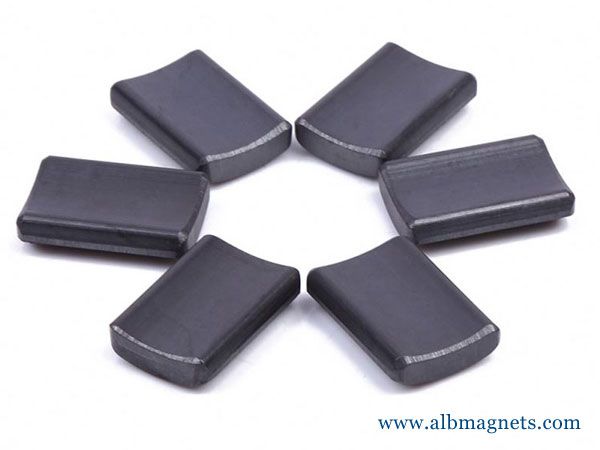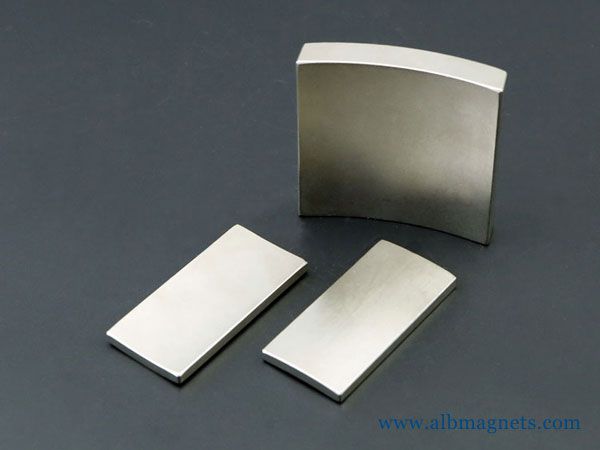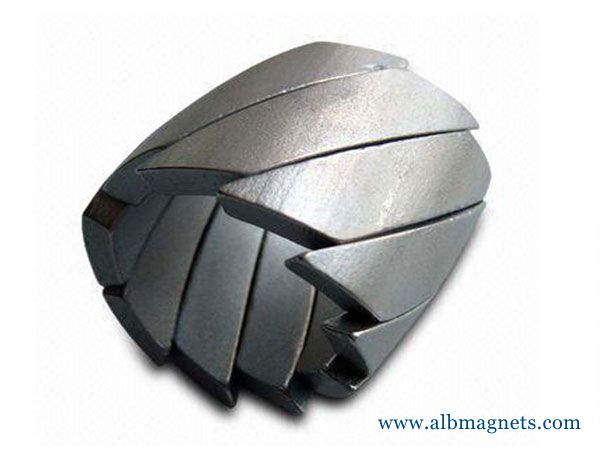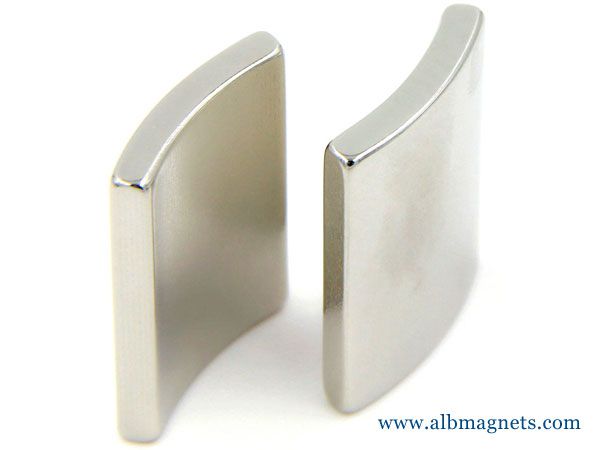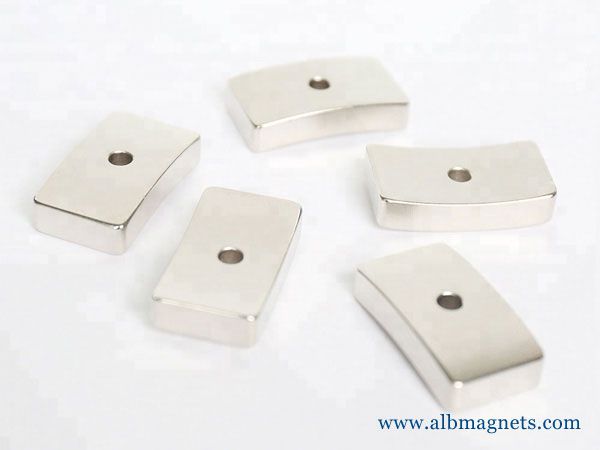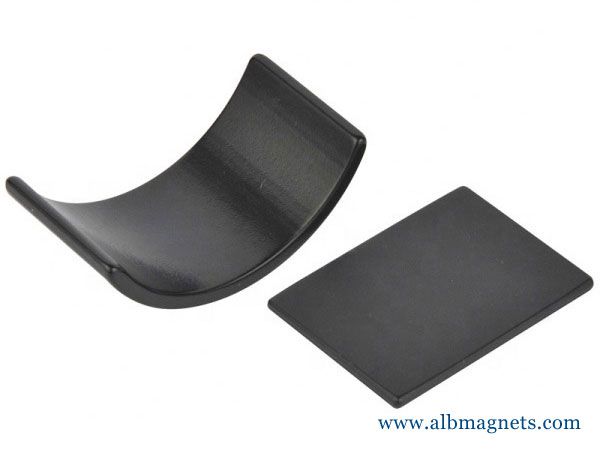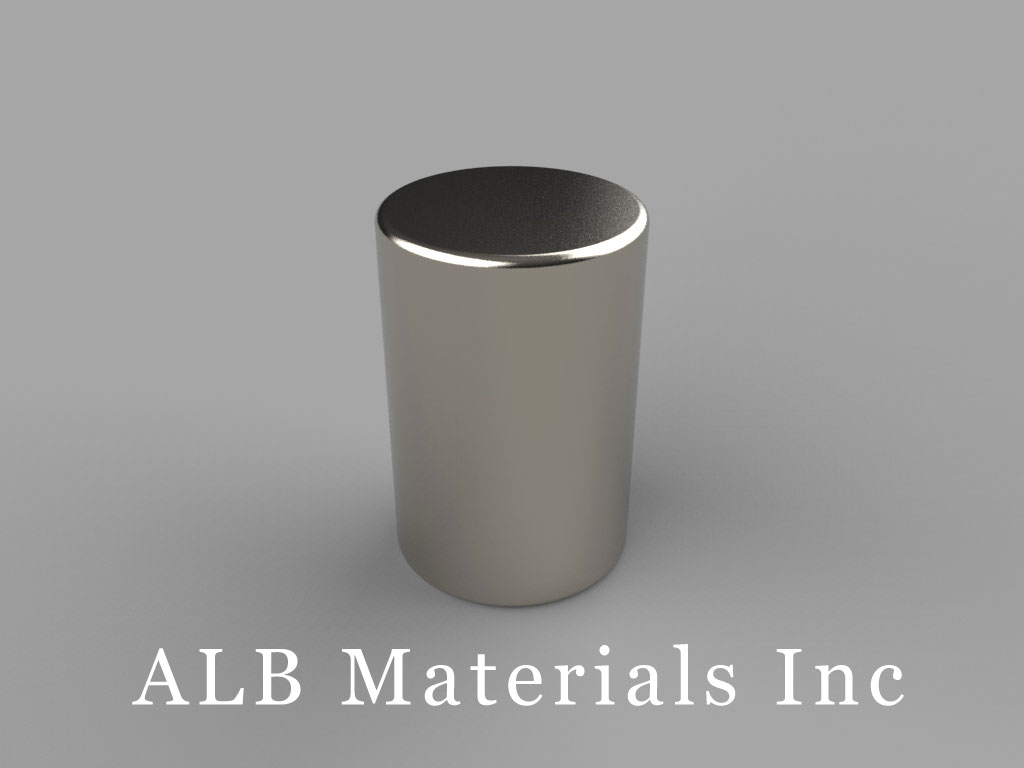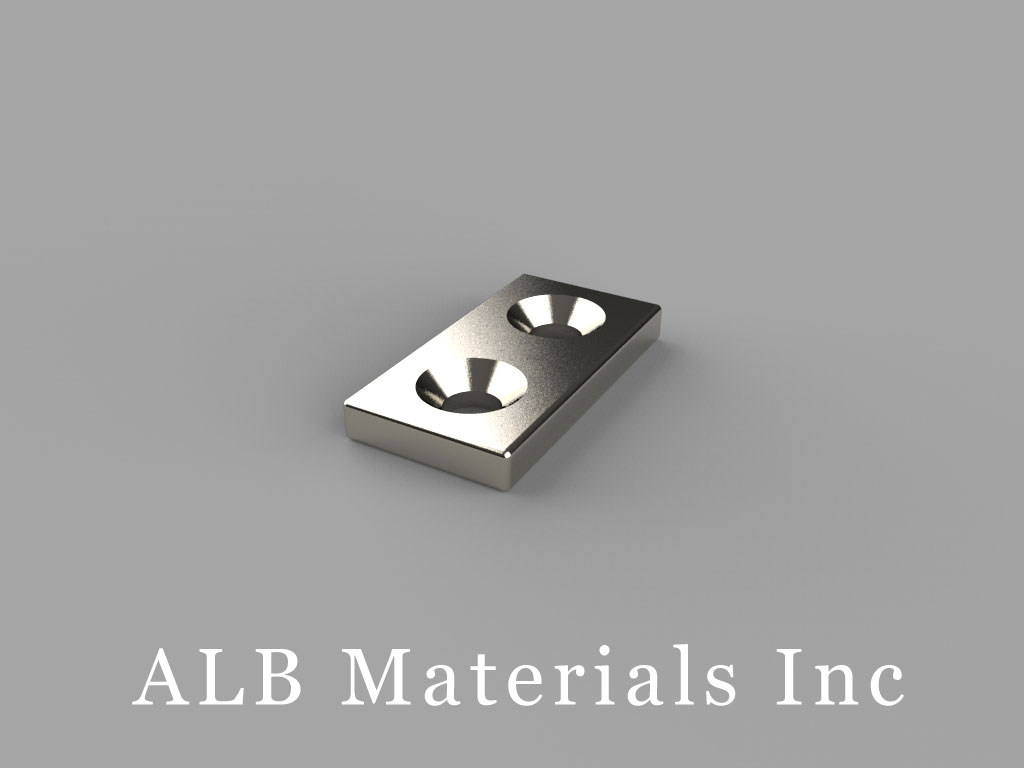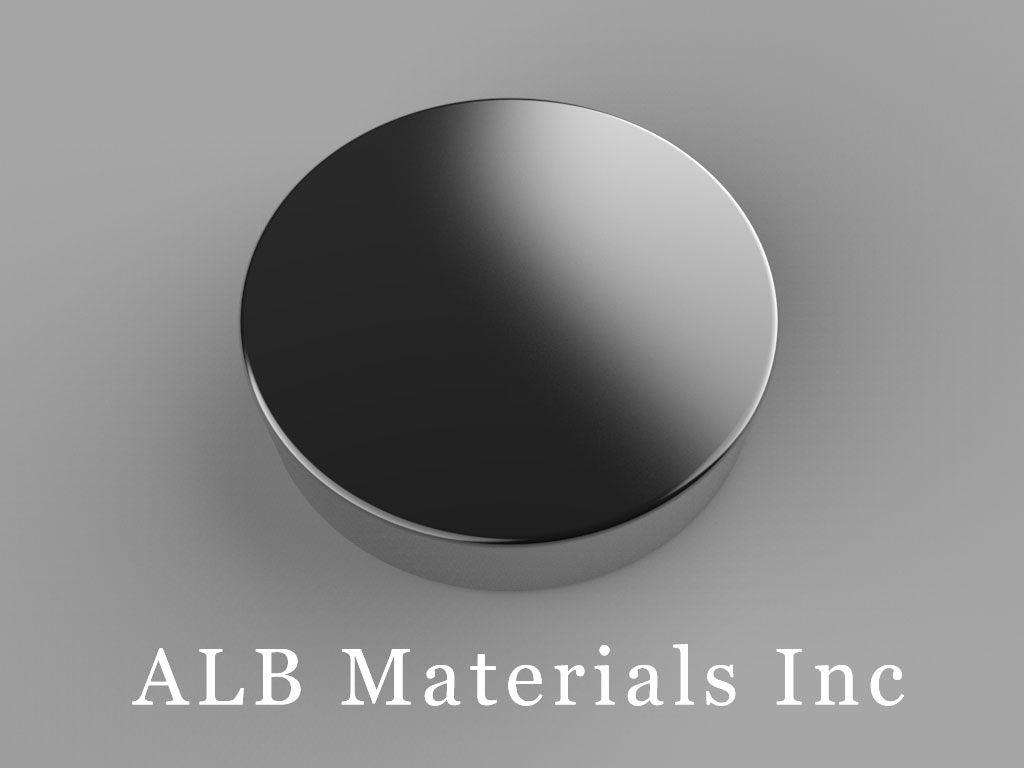401 Ryland St. Ste 200-A,
Reno, NV 89502
United States
E-mail: sales@albmaterials.com
- R841 Neodymium Magnets, 1/2 inch od x 1/4 inch id x 1/16 inch thick
- D7Z0 Neodymium Magnets, 7/16 inch dia. x 3 inch thick
- B999 Neodymium Magnets, 9/16 inch x 9/16 inch x 9/16 inch thick
- D66x8mm Neodymium Magnet, 66 x 8mm Disc Magnet
- D-D9H1-N50 Neodymium Magnet, 9x1mm Disc Magnet
- DH14 Neodymium Magnets, 1/10 inch dia. x 1/4 inch thick
- RX084-N48 Neodymium Magnets, 1 inch od x 1/2 inch id x 1/4 inch thick
- B228 Neodymium Magnets, 1/8 inch x 1/8 inch x 1/2 inch thick
- C-D8H8-N42 Neodymium Magnet, 8x8mm Cylinder Magnet
- D-D22H1-N42Au-AD Neodymium Magnet, 22x1mm Disc Magnet
- D5Y8 Neodymium Magnets, 5/16 inch dia. x 2 1/2 inch thick
- BAA9 Neodymium Magnets, 5/8 inch x 5/8 inch x 9/16 inch thick
- MM-C-16 Metric Mounting Magnets
- D46 Neodymium Magnets, 1/4 inch dia. x 3/8 inch thick
- D8x12mm Neodymium Magnet, 8 x 12mm Cylinder Magnet
- B22C Neodymium Magnets, 1/8 inch x 1/8 inch x 3/4 inch thick
Ceramic Arc Magnets
ceramic arc magnets
Neodymium Arc Magnets- Rare Earth arc Magnets Supplier
Buy strong neodymium magnets on-line today! We carry a large inventory of Neodymium Arc Magnets, available in a wide range of sizes and grades, not all of which are shown on this website.
Neodymium (Neo or NdFeb) magnets are permanent magnets, and part of the rare-earth magnet family.
Neo magnets have the highest magnetic properties and are the most powerful commercially available magnets today.
Because of their magnetic strength, neodymium disc magnets are the preferred choice for many consumer, commercial and technical applications. Arc magnets are typically used in voice coil motor, permanent magnet motors, generators, and torque couplings.
Looking for a certain size? Please visit Arc to see different sizes of magnets! If you require a specific size that is not available on our website, please contact us for a custom magnet quote.
Ceramic Motor Arc Magnets
Magnets for Industry & Industrial Sourcing
Ceramic Motor Arc Magnets are commonly used in motors, alternators, generators, and many other types of permanent magnet motors.
Ceramic motor magnets are made either by pressing a ceramic magnet into shape or by grinding a curved shape from a solid block.
Motor Magnets - Neodymium Magnets, SmCo Magnets
What is the correct magnet material to use for your motor? Neodymium magnets, Samarium Cobalt (SmCo) magnets, and Ceramic / Ferrite magnets. ... options at ALB MAGNETS with Arc Magnets, Square Magnets, Radial Rings.
Motor design is a true balance of all materials: magnets, stators, laminations, wire size & insulations, etc.
Choosing the best magnet begins with knowing your overall objectives with torque, RPM, and start-up load.
This article will only focus on the permanent magnet options for motors. The three (3) most commonly used permanent magnets used in motors are Neodymium Magnets, Samarium Cobalt (SmCo) Magnets, and Ferrite / Ceramic Magnets. Below is a summary of each magnet material, and an overview of its advantages and disadvantages.
Neodymium Magnets
Neodymium magnets are the strongest magnets on the market and give the most magnetic field in a motor circuit. They come in many material variations, and selection of the appropriate material will depend upon such items as temperature requirements, operating environment, and field strength. Below is a list of advantages and disadvantages for neodymium magnets:
Advantages
High Induction (Br).
Grades 30-55
Good resistance to demagnetization (HCI)
High Flux density / sq.
cm (MGOe)
Correctly selected material will last indefinitely
Can reduce size / weight / size of rotor & stator
Large selection of material grades
Disadvantages
Can oxidize if not coated
Lower working temp than some other materials
Summary
Neodymium Magnets will work well in an application that requires high stability, high induction over a lower operating temperature.
Click Here to buy Neodymium Magnets online at SuperMagnetMan
Samarium Cobalt Magnets
These magnets are the strongest magnets on the market after Neodymium Magnets. They come in several material variations, better known as SmCo 1-5, or SmCo 2-17. Below is a list of advantages and disadvantages:
High Induction (Br).
Grades 16-32
Great resistance to demagnetization (HCI), up to 350C
Excellent resistance to oxidation without coating
Disadvantages
More brittle, easier to chip & break
Summary
Samarium Cobalt magnets will work well in a high-temperature application that requires a large resistance to demagnetization
Ferrite / Ceramic Magnets
These magnets are the most widely used in motors due to lower costs. But with the low cost comes other trade-offs.
ceramic arc magnets
Ferrite Magnets, Ceramic Magnets,Ferrite Arc Magnets
Various dimensions and properties Ferrite Magnets, Ceramic Magnets, Ferrite Arc Magnets Ceramic arc magnet from ALB.
Ferrite Magnets
Ferrite arc magnets or Ceramic arc magnets
Ferrite arc magnets or Ceramic arc magnets are made by mold pressing and grinding.
They do not need a coating for use.
Because of the cheap raw material cost, This Ceramic magnet is widely used in DC motor or start the motor of Auto, Motorcycle, Electric tools, Gym equipment, Home electrical appliance, etc. Features:
1. Rich raw material resource
2. high electric resistant, small eddy current loss
3. good corrosion resistant
4. custom made available common Ferrite Magnetic Properties Table
USA standard of Ferrite Magnets Material
ceramic arc magnets - Ferrite Magnets Supplier
Ceramic magnet material (Ferrite) is one of the most cost-effective magnetic materials.
It has a fair to good resistance toward corrosion and it can operate in moderate heat.
Ceramic (Ferrite) magnets have low energy product and they are usually used in assemblies containing mild steel.
Ceramic magnets are manufactured using powder technology techniques.
The primary raw material – ferrite – is made by using iron oxide and strontium carbonate.
Ferrite represents more than 75 percent of world magnet consumption (by weight).
It is the first choice for most types of DC motors, magnetic separators, magnetic resonance imaging, and automotive sensors.
ceramic arc magnets Magnetizing Options
Manufacturing Method
Alignment of particles during the powder pressing phase with an external field to create an anisotropic magnet alloy
Most useful commercial magnets are anisotropic, which means that they have an “Easy” or preferred direction of magnetization and that an orientation field was applied during the compaction stage of the manufacturing process.
It is essentially impossible to magnetize the resulting anisotropic magnet alloy other than in the Direction of Orientation;
however, various pole configurations can be achieved without conflicting with the magnet material’s orientation.
Below are conventional and standard industry options for the MAGNETIZATION directions of Ceramic/ Ferrite Magnets.
Disc Geometry
Polarity Nomenclature: Typically the arrowhead indicates the North pole of the magnet.
For symmetric geometries indicating the location of a particular pole is unnecessary, but for non-symmetric geometries identifying a particular pole location is very important.
Example: An axially Magnetized disc magnet does not require communication as to the NORTH pole’s position, but a radial arc does.
One must indicate if the NORTH pole is to reside on the Inner radius or Outer Radius.
Block Magnet
“Block Magnets” or Rectangular / Square magnets have three potential orientation directions.
The block magnet can be polarized in any direction.
Multiple Poles on One-Face Can Be Achieved with Ceramic Magnets:
This image illustrates two poles, NORTH – SOUTH on one working face.
Ring Geometry
Multiple Poles on One-Face Can Be Achieved with Ceramic Magnets:
This image illustrates four poles, NORTH – SOUTH – NORTH – SOUTH on one working face.
Arc Segment Geometry
Ceramic (Hard Ferrite) Magnets
Ferrite magnets sometimes referred to as ceramic because of their production process, are the least expensive class of permanent magnet materials.
The material became commercially available in the mid-1950s and has since found its way into countless applications including arc-shaped magnets for motors, magnetic chucks, and magnetic tools.
The raw material – iron oxide – for these magnets is mixed with either strontium or barium and milled down to a fine powdered form.
The powder is then mixed with a ceramic binder and magnets are produced through a compression or extrusion molding technique that is followed by a sintering process.
The nature of the manufacturing process results in a product that frequently contains imperfections such as cracks, porosity, chips, etc.
Fortunately, these imperfections rarely interfere with a magnet’s performance.
To enhance a ceramic magnet’s performance, the ferrite compound may be biased by a magnetic field during the pressing process.
This biasing induces a preferred direction of magnetization within the magnet, significantly reducing its performance in any other orientation.
Consequently, ceramic magnets are available in both oriented (anisotropic) and non-oriented (isotropic) grades.
Because of its lower magnetic properties, the isotropic grade of ferrite, ceramic 1, is typically utilized where complex magnetization patterns are required, and in-process biasing would be cost-prohibitive.
Ceramic magnets are inherently brittle, and it is highly recommended that they NOT be utilized as structural elements in any application.
Their thermal stability is the poorest of all the magnetic families, but they may be utilized in environments up to 300 °C (570 °F).
The dimensional repeatability of as pressed components is difficult to control, consequently, components requiring tight tolerances necessitate secondary grinding operations to assure conformity.
Part of the content in this article is reproduced from other media for the purpose of transmitting more information and does not mean that this website agrees with its views or confirms the authenticity of its content. It shall not bear direct responsibility and joint liability for the infringement of such works.
If there is any infringement, bad information, error correction, and other issues in the content of this page, please contact us at info@albmaterials.com
Link to this article: https://www.albmagnets.com/blog/ceramic-arc-magnets.html
How to choose and buy a strong neodymium magnet? ALBMagnets is a professional company for strong magnet design and manufacturing,
providing you with reliable N35, N38, N42, N52, N42SH and other grade super neodymium magnets and SmCo rare earth magnets.




